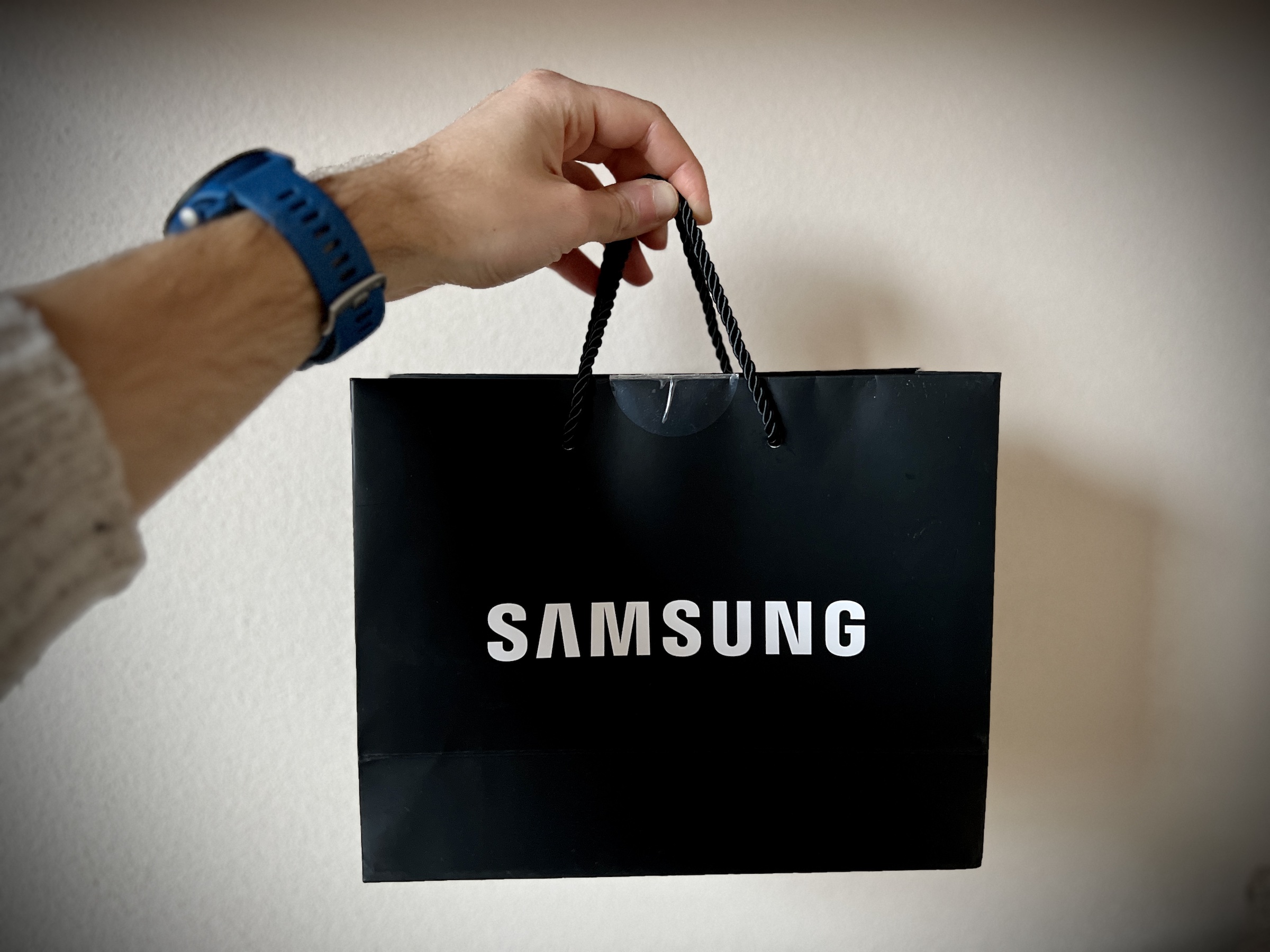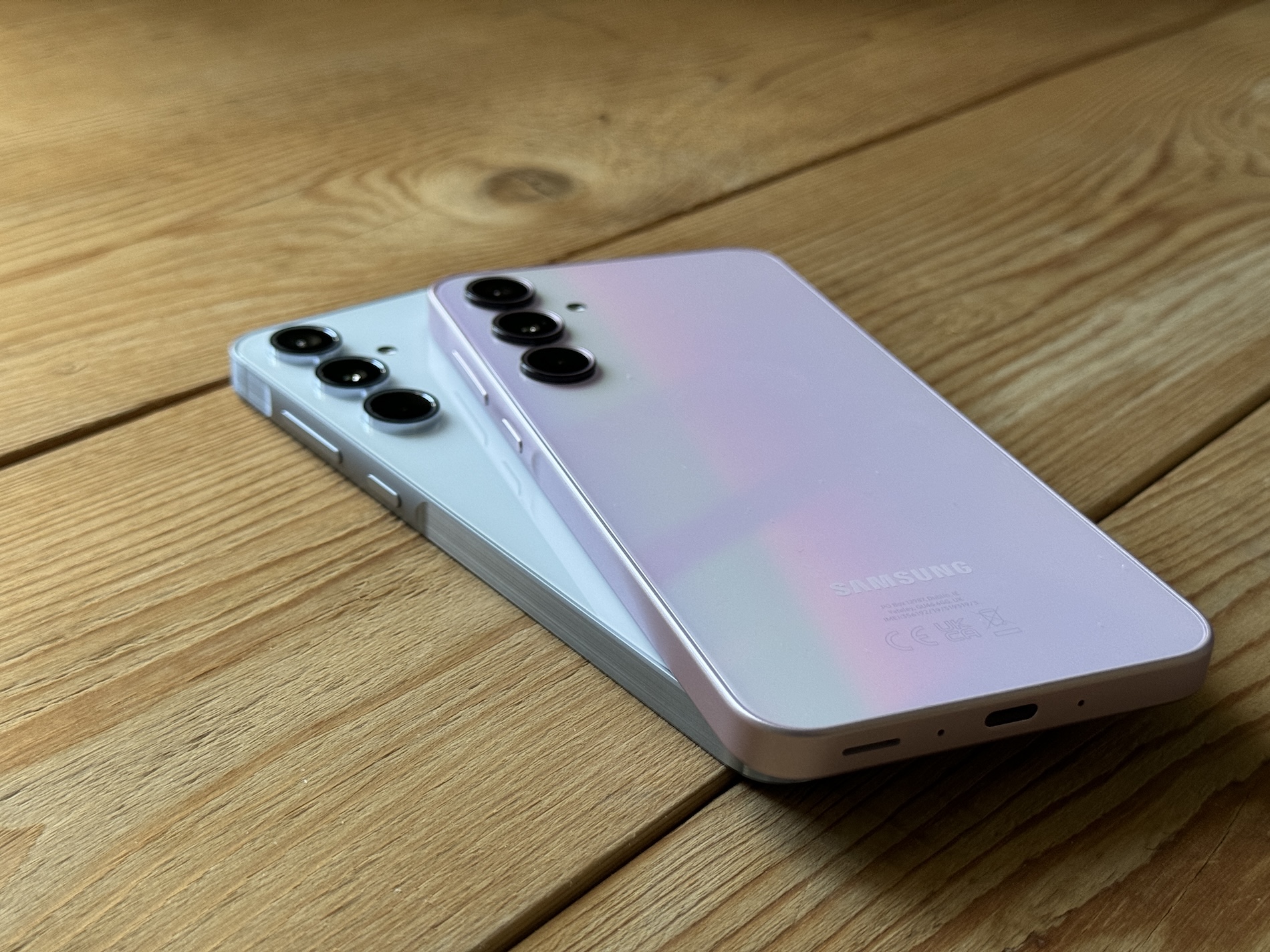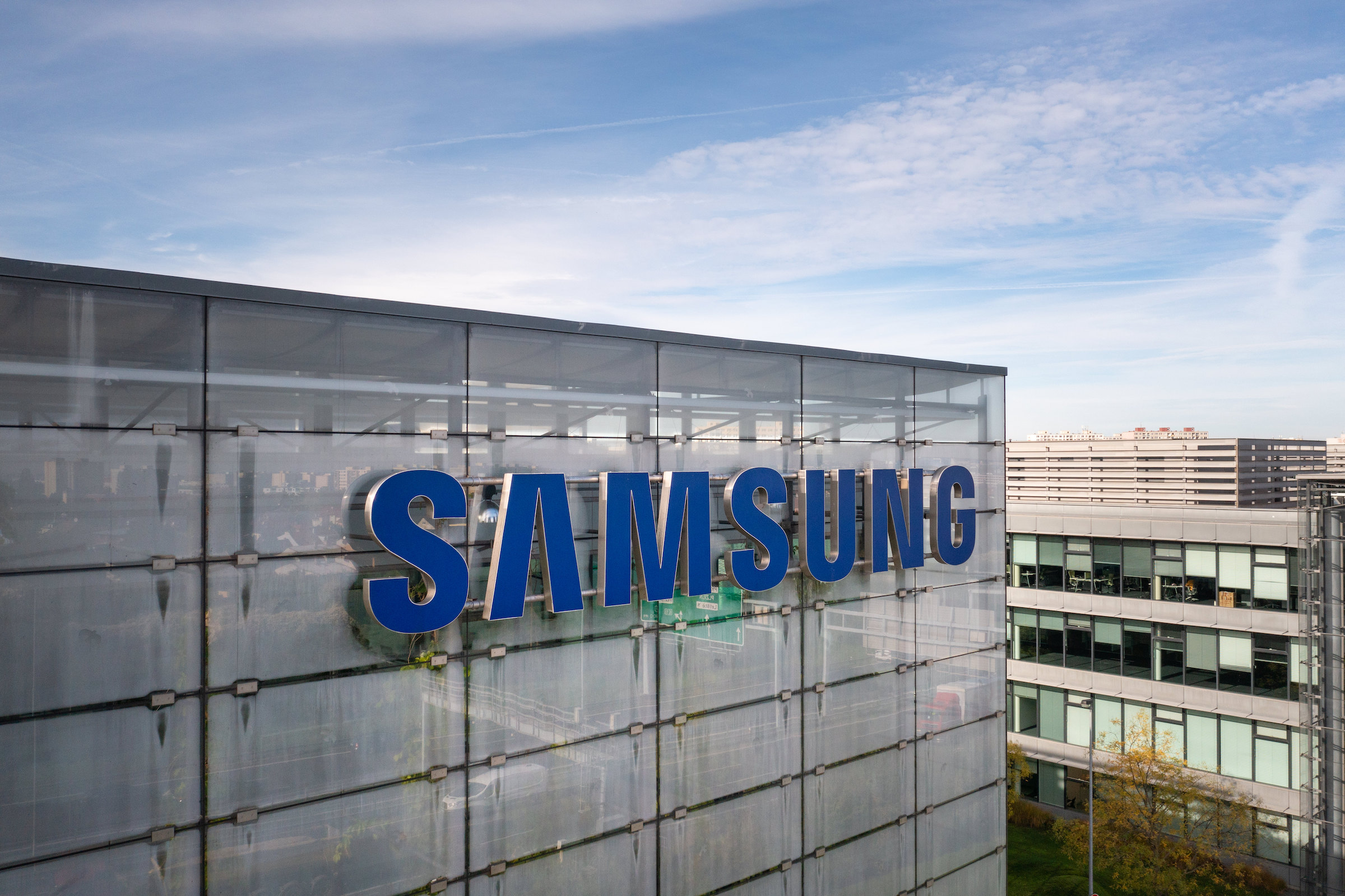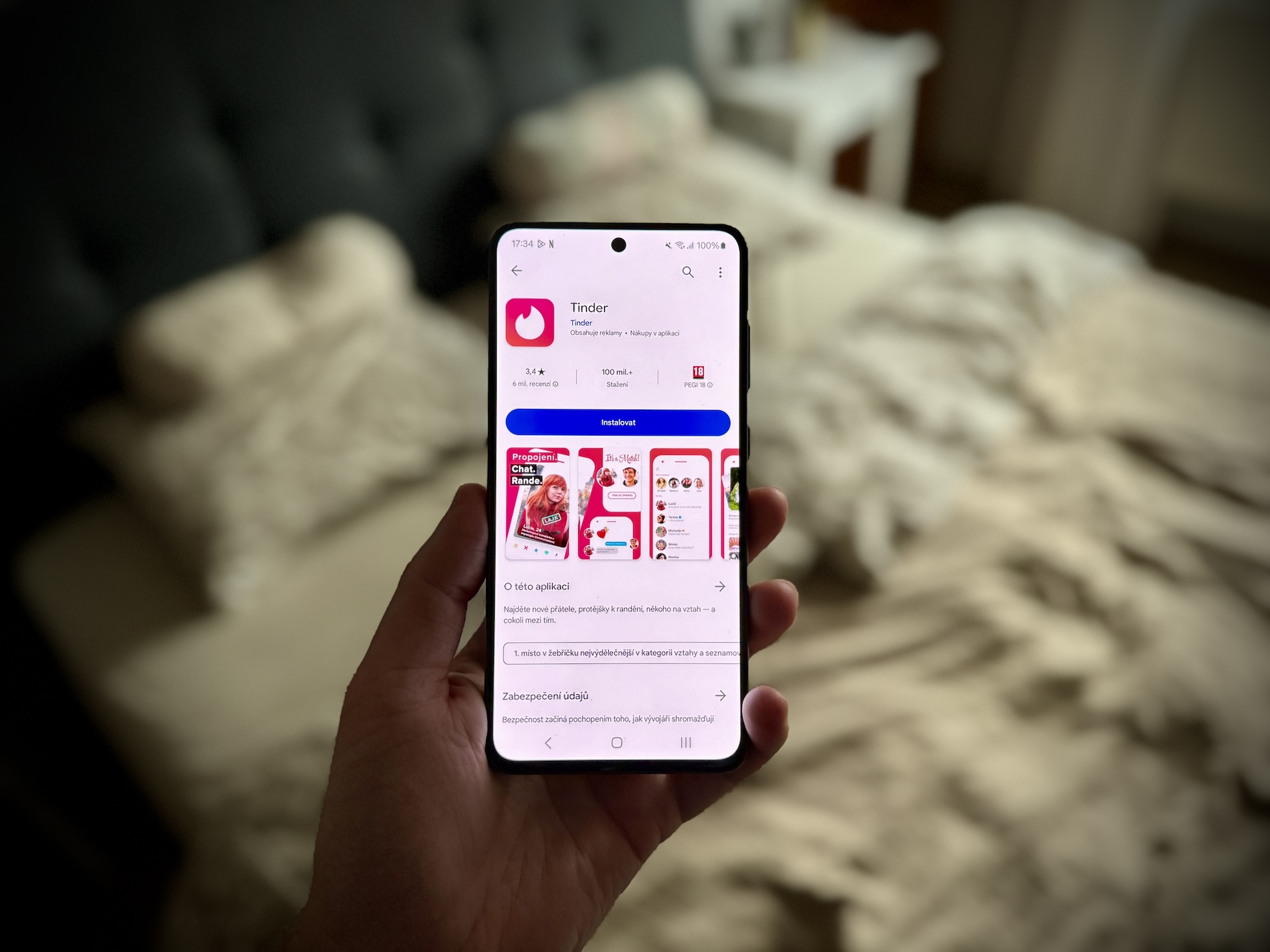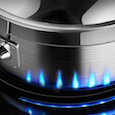 At this year's CES, Samsung presented us with an interesting idea. It wasn't so much a technological product as it was an interesting and useful extension of something we are quite used to today. Samsung drew attention to the Virtual Flame technology, which will show you on the induction stove that it is turned on in a quite interesting way. Instead of the surface of the stove itself signaling it to you, it reflects the light from the central LED so that the virtual fire is projected directly onto the pan or pot.
At this year's CES, Samsung presented us with an interesting idea. It wasn't so much a technological product as it was an interesting and useful extension of something we are quite used to today. Samsung drew attention to the Virtual Flame technology, which will show you on the induction stove that it is turned on in a quite interesting way. Instead of the surface of the stove itself signaling it to you, it reflects the light from the central LED so that the virtual fire is projected directly onto the pan or pot.
On the one hand, it is visible even from a distance, and on the other hand, it indicates to us that the technological giants are not overdoing it with technology to the point that they forget about traditional things. Even though, this was indicated to us last year by the team that presented Retro stove, who aimed it at the Russian market. However, as I mentioned above, the rendering of the fire is much better for cooks than the glowing LED under the glass, which you may have problems with in larger pots and pans. Samsung acknowledged that many people had problems with previous induction cookers and the technology was more of a step backwards than forwards, he said. According to him, rendering the fire is therefore a very good solution, as the visualization can change depending on the setting of the stove. The higher the temperature, the bigger and brighter the fire, reminiscent of a traditional stove. A total of 15 different levels are programmed in this way.
However, the technology itself is not very new. Samsung presented it for the first time in the USA half a year ago, in June/June 2014. At that time, it introduced the Slide-In Range cooker within its chef collection, while one of the models featured Virtual Flame technology. In half a year, according to him, the technology caught on and people are much more interested in this type of stove than in ordinary induction stoves. And how does it actually work? First of all, it's a play with light. The virtual fire is actually a reflection of the light emitted by the LED hidden under the surface of the induction cooker. Samsung had to solve some important technical problems before. Among other things, it was necessary to ensure that the LEDs could withstand very high temperatures, and they also had to be tilted correctly so that the fire was realistic. And of course, this was preceded by long-term testing in order to develop "the right fire".

// < 